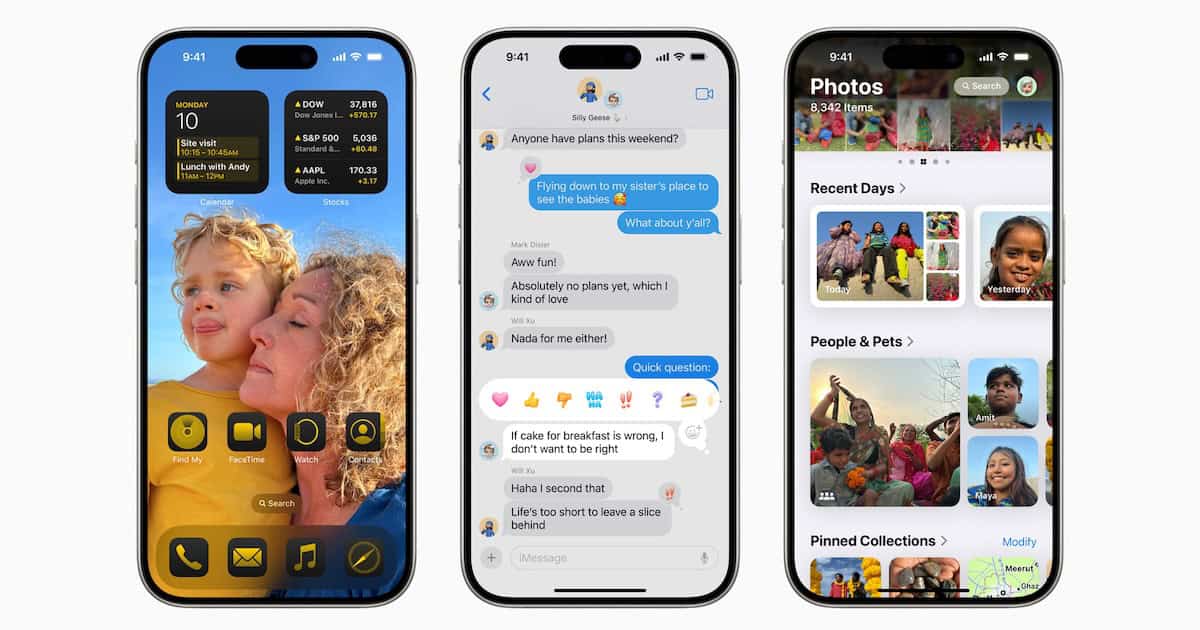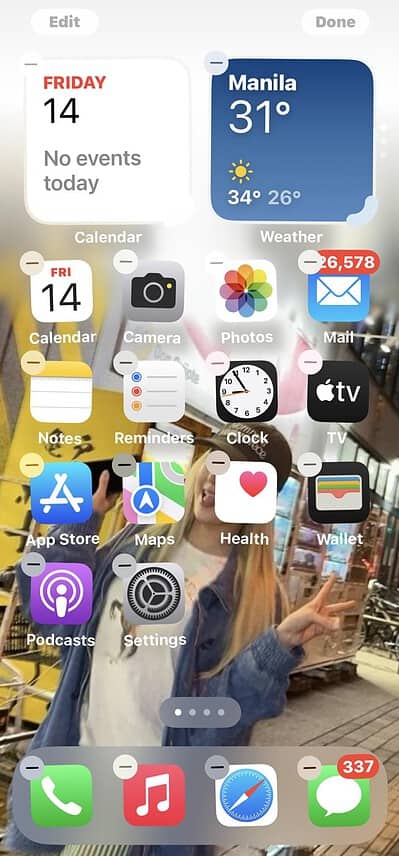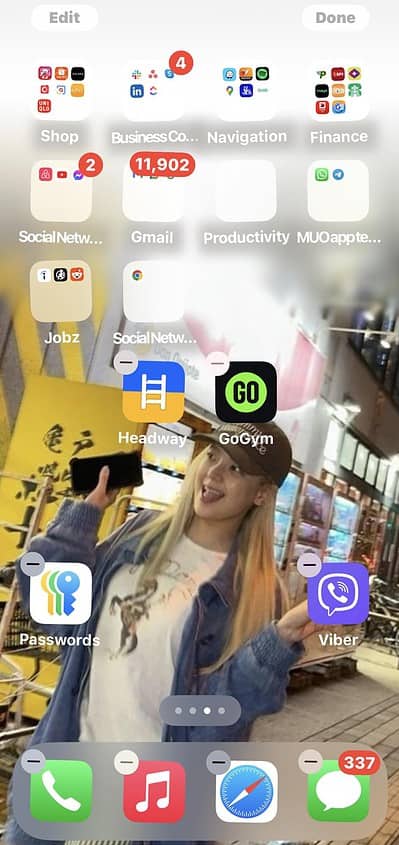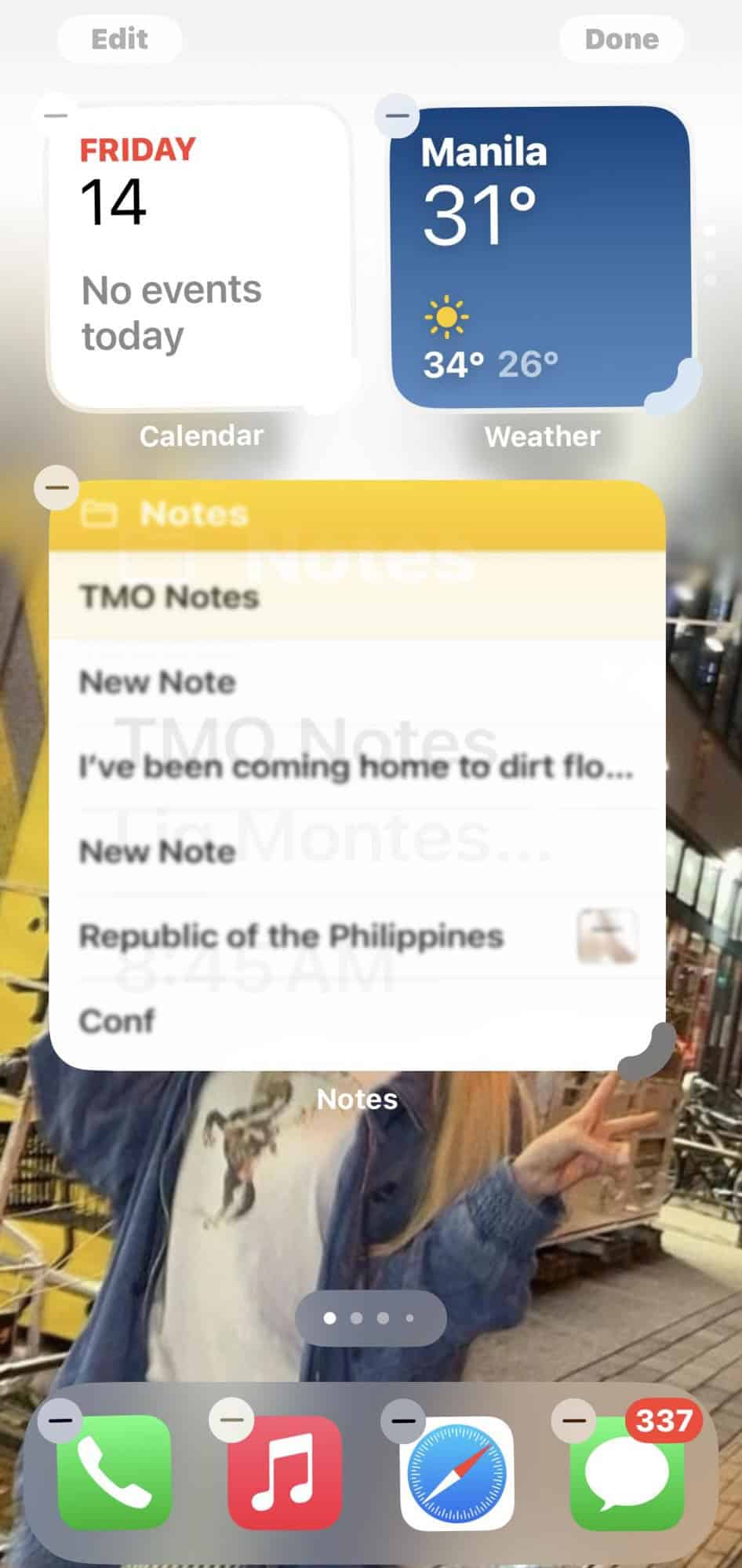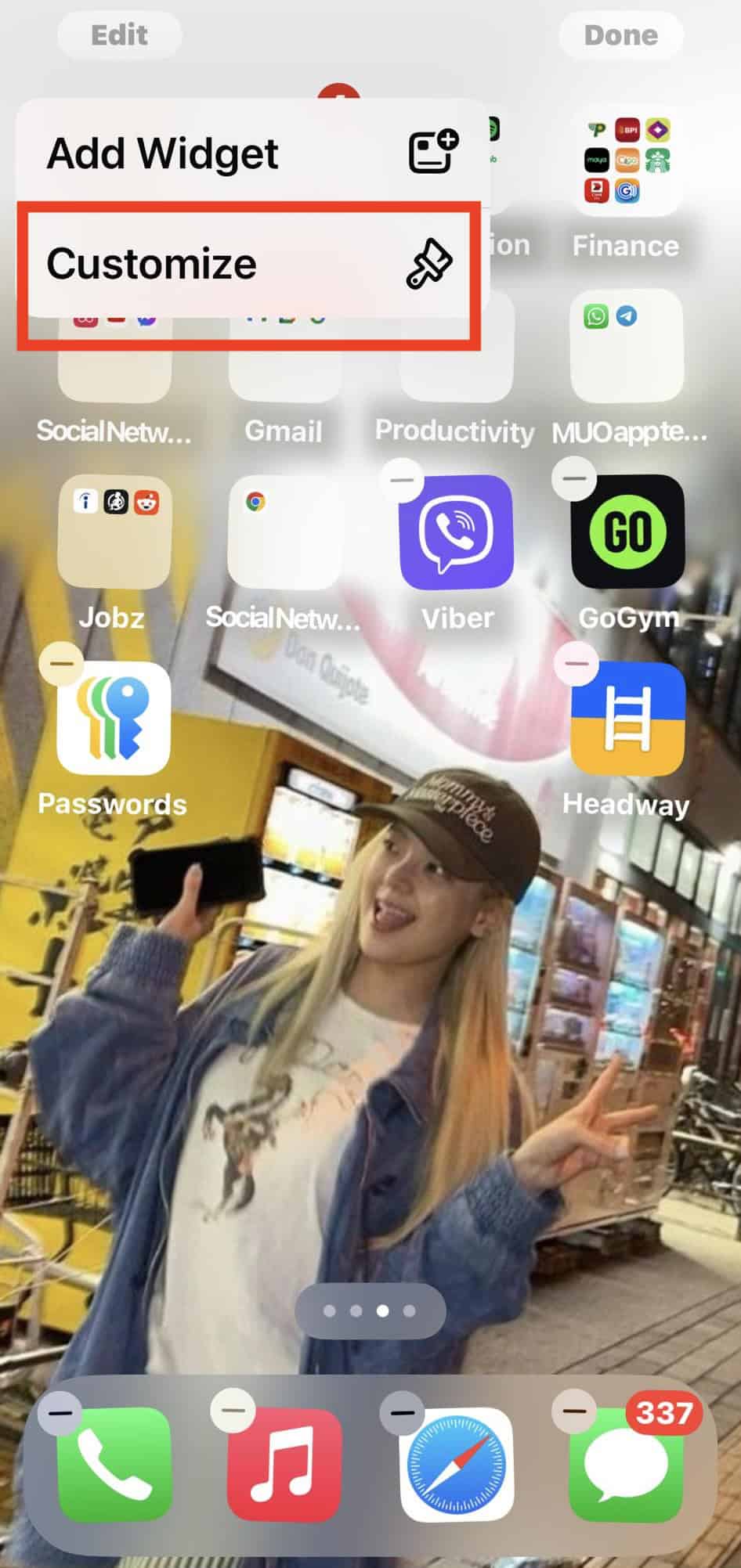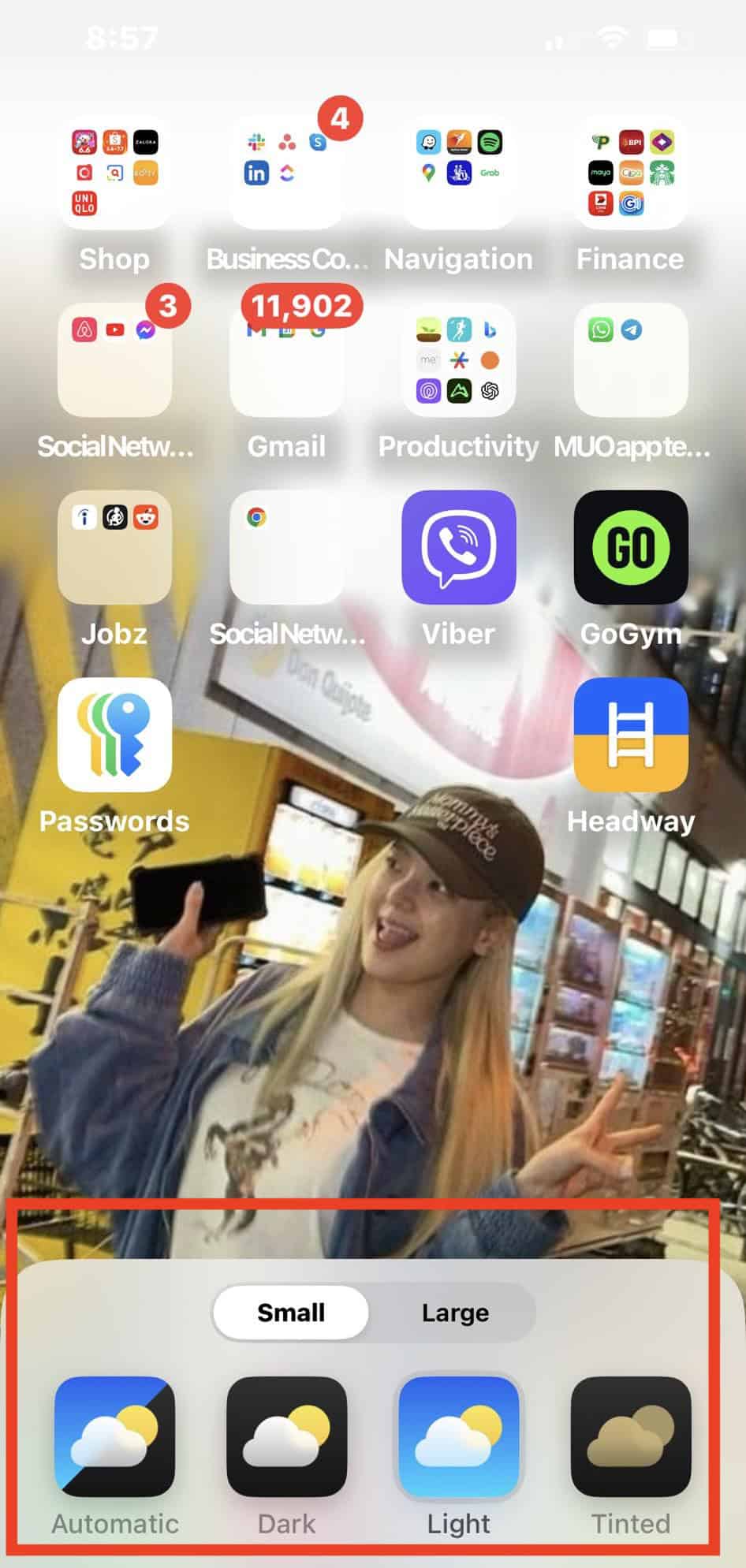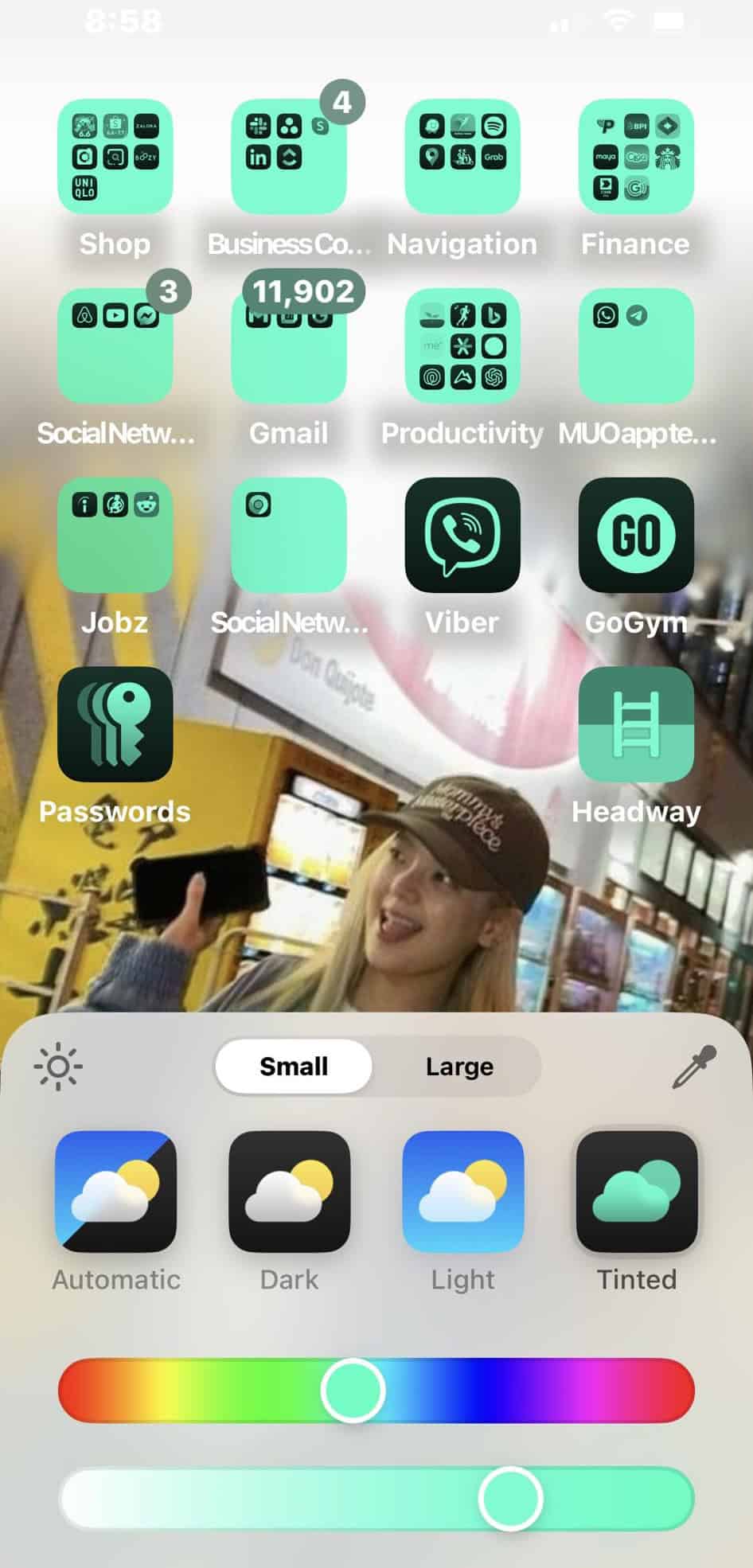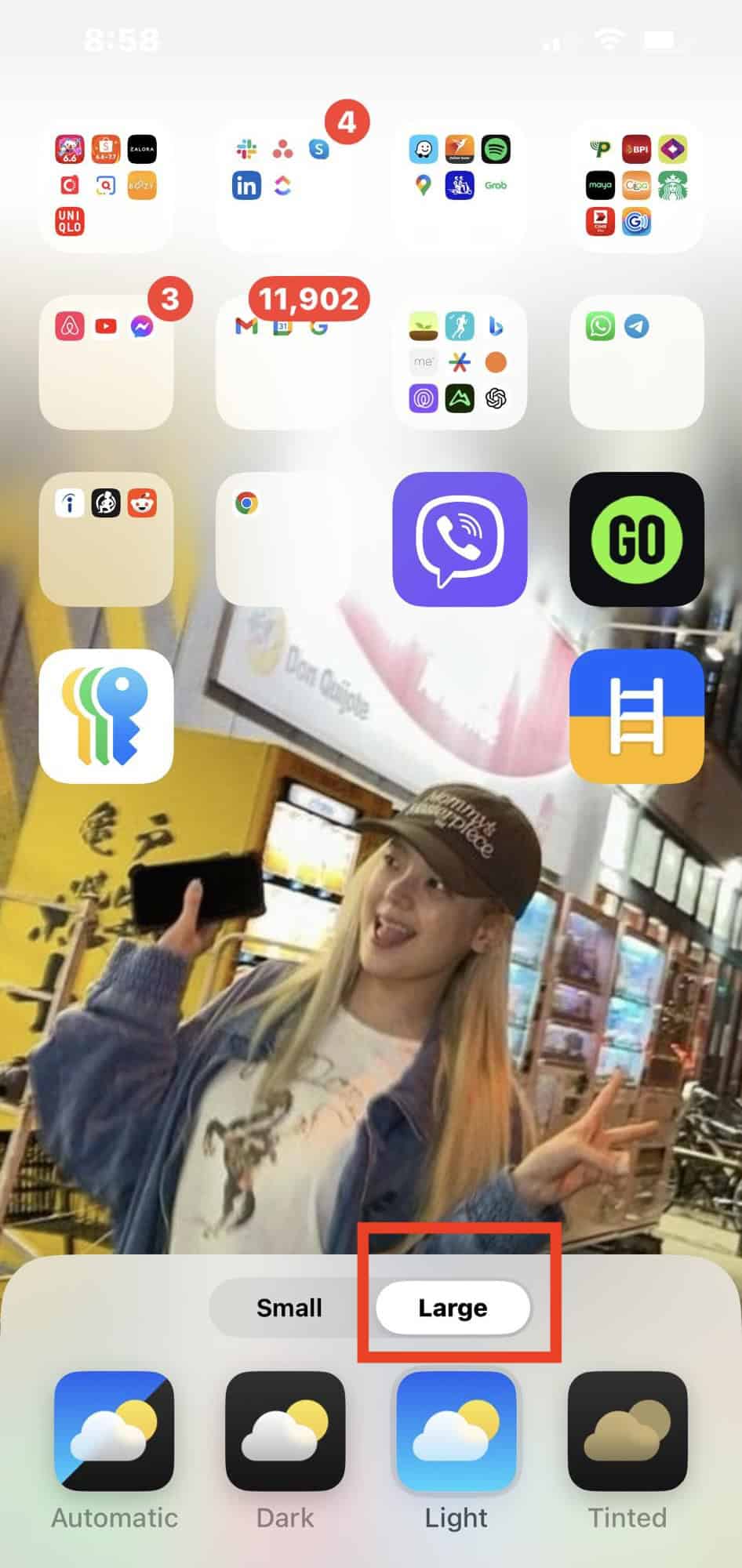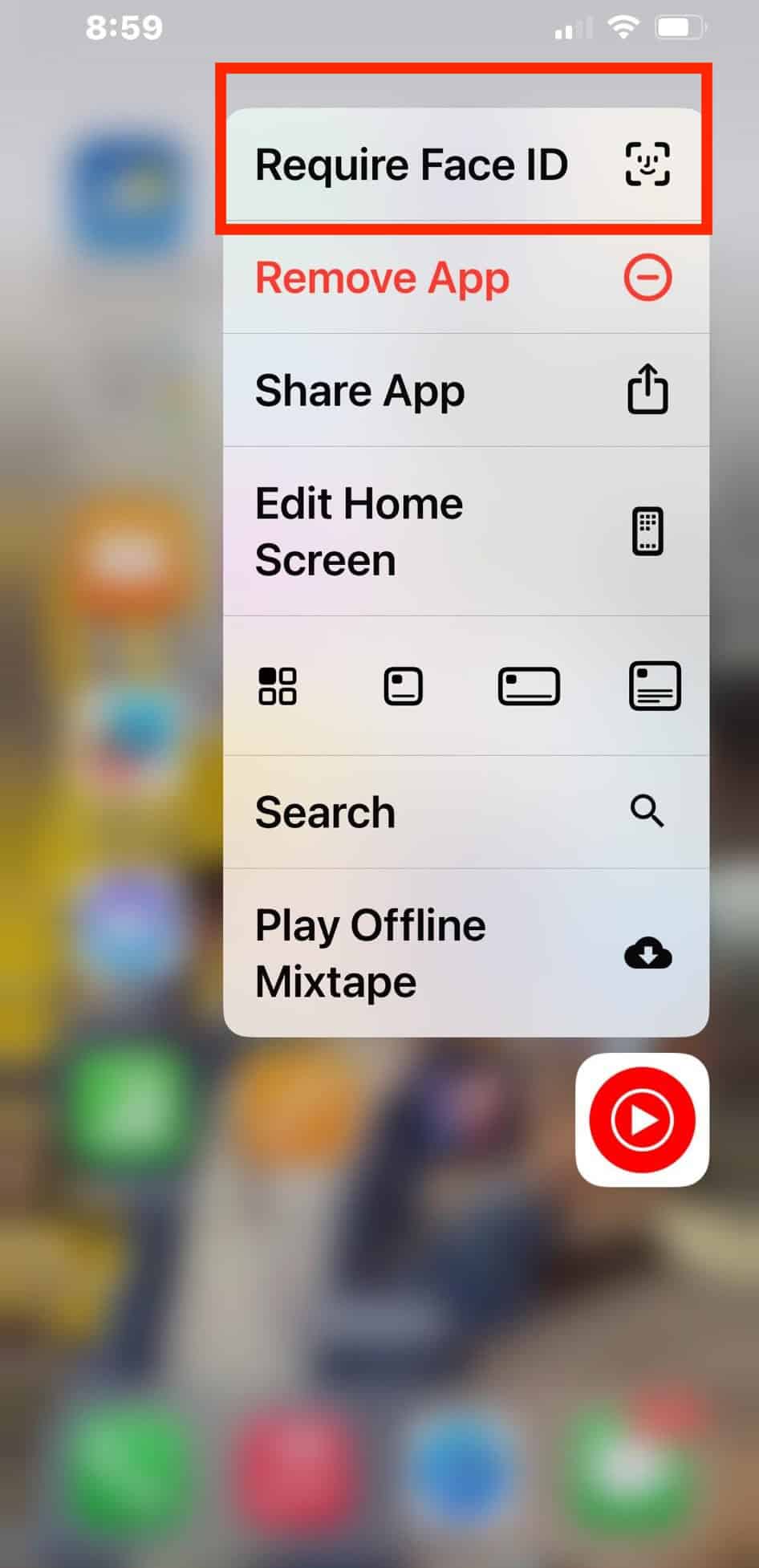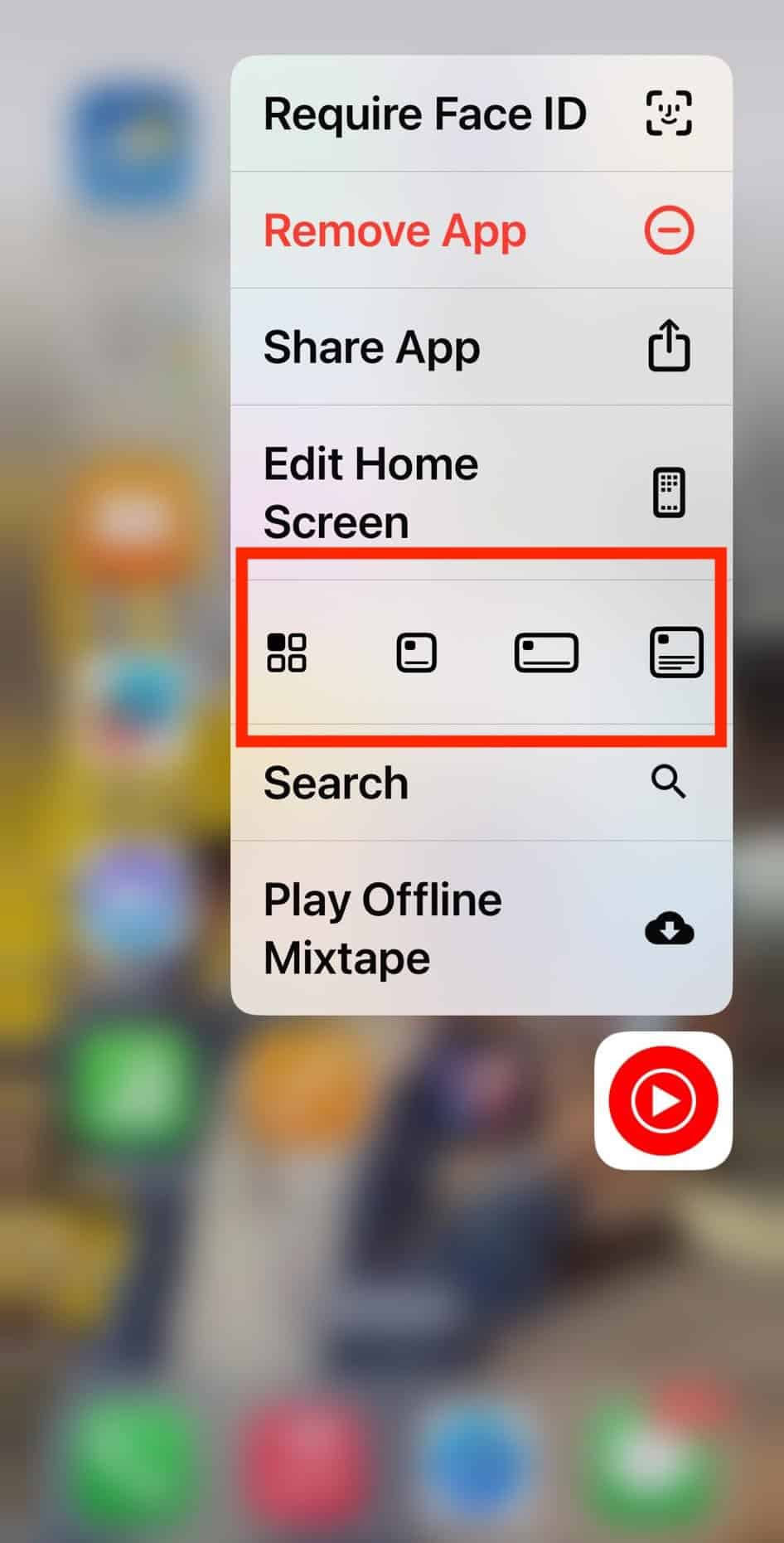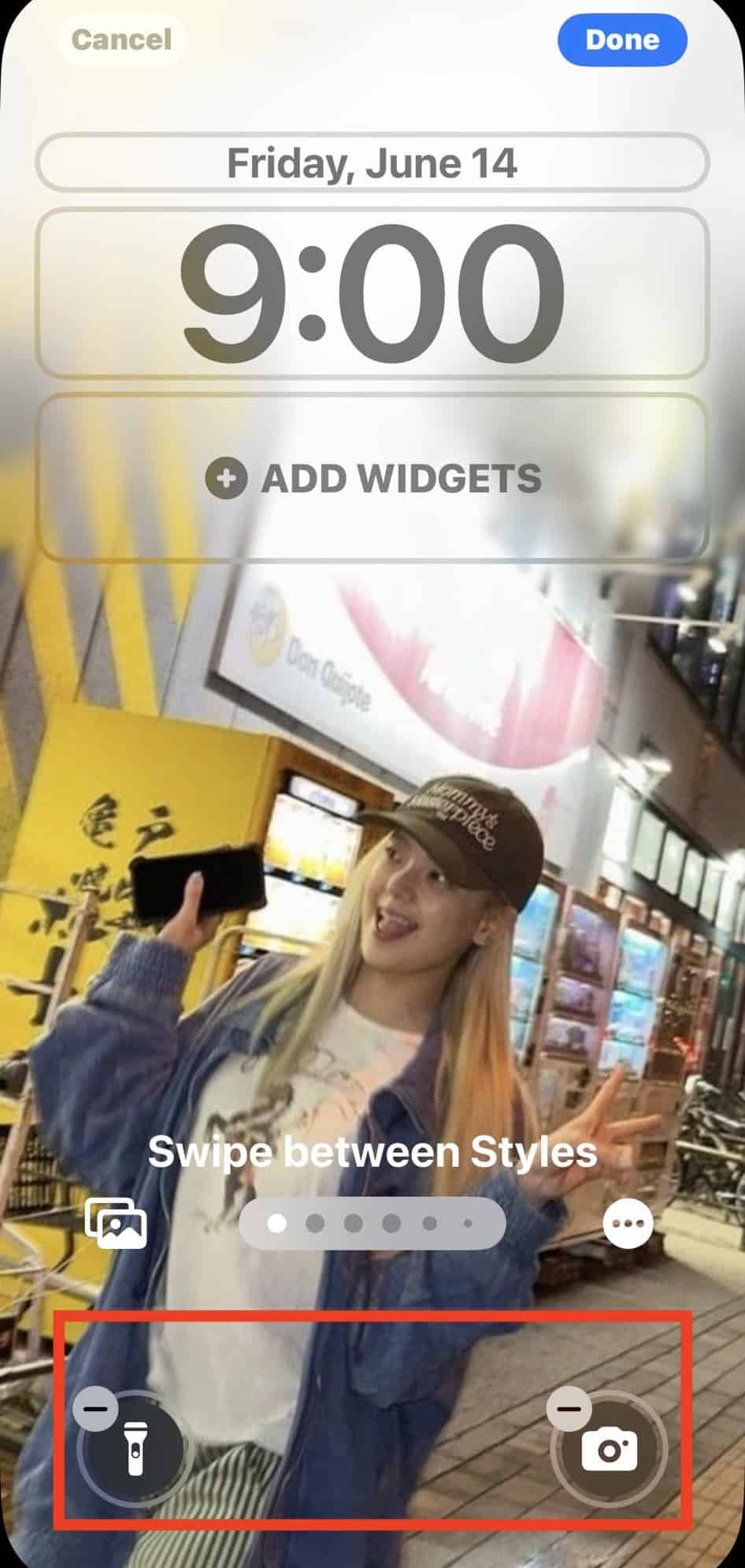One of the most noteworthy (and controversial) changes in iOS 18 is the newfound ability to customize the home and lock screens. This move aligns with Apple’s goal of making the iPhone experience more personal and tailored to individual users. While skeptics may see these changes as superficial, you can actually leverage them to optimize your daily usage.
How to Customize Your iPhone Home Screen on iOS 18
1. Rearrange Apps Anywhere
Time needed: 2 minutes
iOS 18 lets you rearrange app icons anywhere you want on the Home Screen. You’re no longer restricted to the conventional cascading grid. You can create gaps, leave rows or columns empty, or even place icons in the middle of the screen. This newfound flexibility allows you to creatively work around your wallpaper, ensuring important details or subjects aren’t obscured by icons.
- Touch and hold any blank space in the Home Screen.
- Move the app icons around as you normally would.
- Feel free to place them on any column or row on any page. As always, the minus sign (-) lets you delete apps or hide them from your Home Screen.
2. Resize Widgets
You can now resize Home Screen widgets. It’s helpful for apps you frequently use—expanding them shows additional in-app details and functions. For instance, you’ll get a brief glance at upcoming calendar events, reminders, or weather forecasts without opening the corresponding apps.
- Touch and hold any blank space in the Home Screen.
- Tap and hold the right corner of the widget you need to resize, then drag it across the screen accordingly. Note that the widget will snap to the default grid available.
3. Adjust Icon Theme (Dark, Light, Tinted)
The Customize option lets you toggle between the Light and Dark modes of your app icons. This enhances visibility in different lighting conditions and can reduce eye strain. Additionally, a new Tinted option allows you to adjust the shade of icons, creating a more cohesive aesthetic with your chosen wallpaper.
- Touch and hold any blank space in the Home Screen.
- Tap Edit at the top-left corner of the screen.
- Select Customize—from here, you can choose between Automatic, Dark, Light, and Tinted. You’re likely familiar with Dark and Light mode, so let’s focus on the other two.
- Automatic, as the name suggests, automatically switches your UI between Dark and Light mode based on external lighting conditions.
- Tinted lets you add a new color shade to your app icons. Just drag the color palette slider to your preferred tint.
4. Enlarge App Icons
iOS 18 introduces a new feature that lets you enlarge app icons. This can be especially helpful for those with visual impairments or anyone who simply prefers bigger icons. Apart from improved visibility, larger icons also create a cleaner, minimalistic aesthetic. The only drawback is that enlarged icons lose their labels, which might confuse some.
- Touch and hold any blank space in the Home Screen.
- At the top-left corner of the screen, tap Edit > Customize.
- Select Large.
5. Lock Apps With Face ID
Have you ever felt uneasy lending your iPhone to someone, worried about them snooping through your apps? iOS 18 addresses this with the option to lock individual apps with Face ID. This extra layer of security ensures that only you can access confidential apps. Whether you’re handing your phone to a friend or it’s taken without your permission, your private data remains protected.
- Touch and hold any app that you want to hide—quick actions should pop up.
- Tap Require Face ID.
- Choose whether you want to Require Face ID or Hide and Require Face ID.
6. Turn App Icons Into Widgets
iOS 18 lets you turn various icons into interactive widgets. Personally, I think this is more than just a cosmetic update—it gives you quick access to key app functions without opening the app itself. For example, converting the Music app into a widget gives you playback controls and album art right on your Home Screen. Resizing this widget can even reveal a playlist or recently played tracks.
- Touch and hold the app you want to turn into a widget.
- In the quick actions menu, choose your preferred widget layout—it should be under Edit Home Screen.
- Not all apps offer widget functionality, and the available layouts vary per app. That said, Several native Apple apps and a growing number of third-party apps already support widgets.
7. Replace Lock Screen Widgets
You can now replace or remove the lock screen’s flashlight and camera shortcuts. While it may seem like a small change, swapping them for frequently used functions can save you time by eliminating the need to unlock and lock your phone constantly.
- Touch on hold on any blank space in the lock screen.
- Select Customize > Lock Screen.
- Tap the minus sign (-) beside the widget you want to remove.
- Look up the control you want to use.
